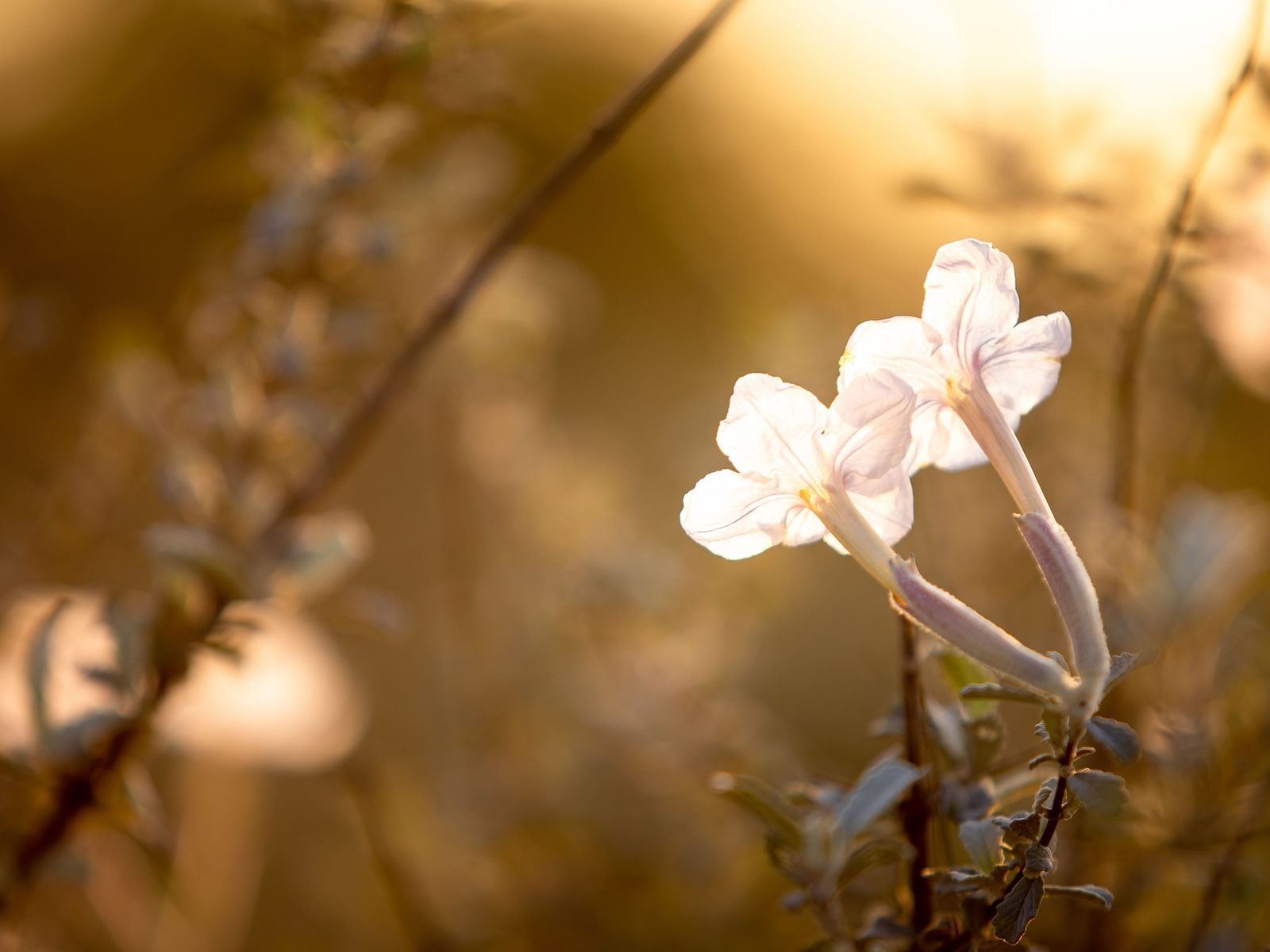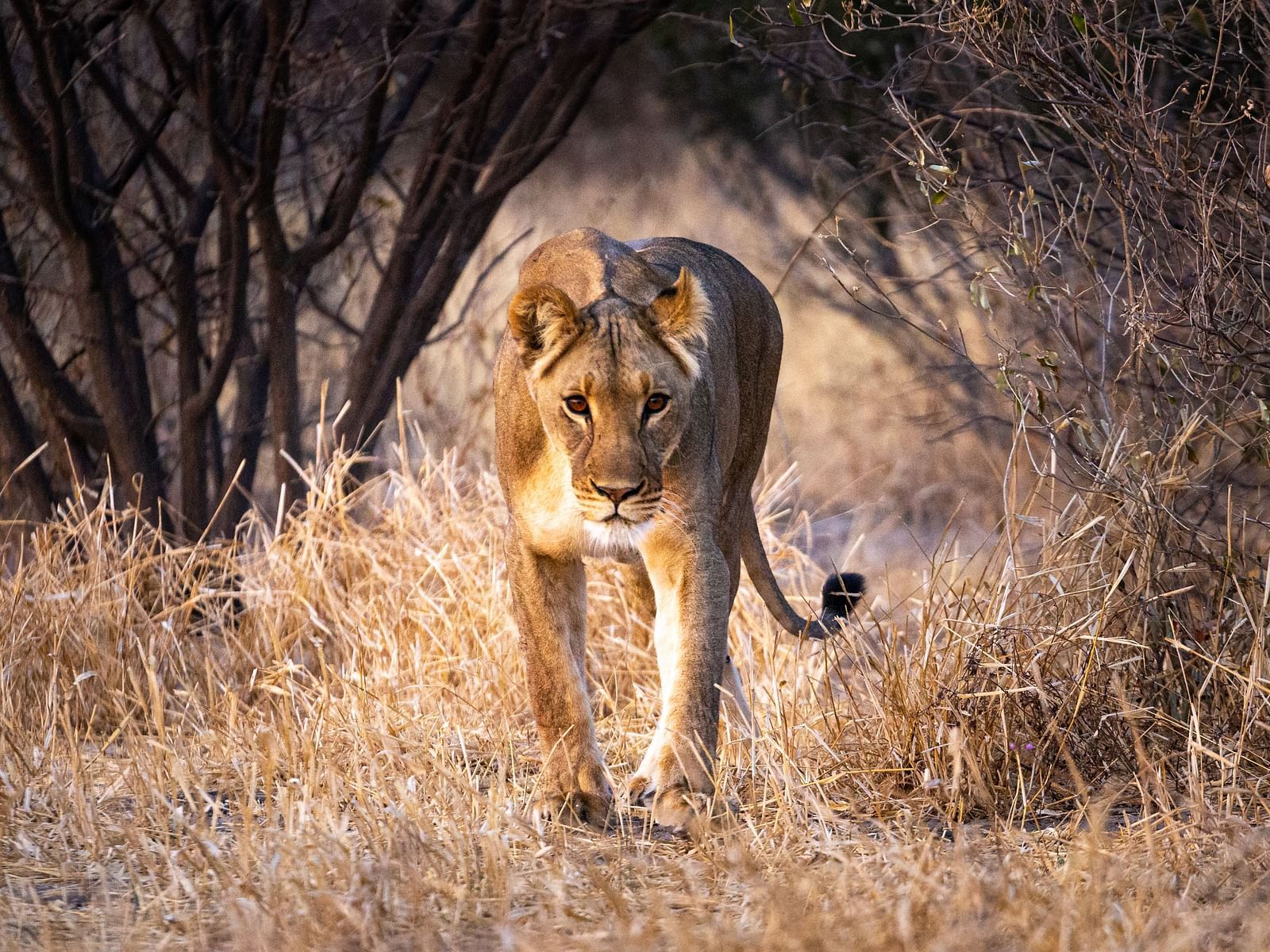)
CENTRAL KALAHARI, BOTSWANA
The Central Kalahari Game Reserve is located in the centre of the Kalahari Desert. Established in 1961 in Botswana, it measures a little over 52000 sq km and is the second-largest game reserve in the world.
)
The Central Kalahari Game Reserve is located in the centre of the Kalahari Desert. Established in 1961 in Botswana, it measures a little over 52000 sq km and is the second-largest game reserve in the world.

The Central Kalahari Game Reserve is a distinct ecological unit – a transitional ecotone that links the woodlands of the northern Kalahari with the thornveld and scrub plains of the south. The two most prominent topographical features of the reserve are the Okwa and Deception valleys that divide the reserve into three distinct regions.
The Kalahari is the traditional home of the San People, also known as ‘the first people’- considered to be one of the oldest cultures on Earth. An egalitarian society, where women enjoy equal status and where affluence is not measured in abundance, they are traditionally semi-nomadic people.


A diverse range of wildlife, well adapted to this unique landscape, inhabits the Kalahari. Some of the mammal species include predators such as Lion, Leopard, Brown Hyena and antelope species such as Gemsbok, Blue Wildebeest, Greater Kudu and Eland. It is also rich in birdlife, with over 250 bird species positively identified.
The Central Kalahari Game Reserve stretches north of the Bakalahari Rise, east of the Ghanzi Ridge, south of the Mabeleapudi – Dinokwane hill range and west of the Ngwato Escarpment. It comprises of three distinct regions - the Dune Woodlands, the Central Grassland Plain and the Thornveld.
